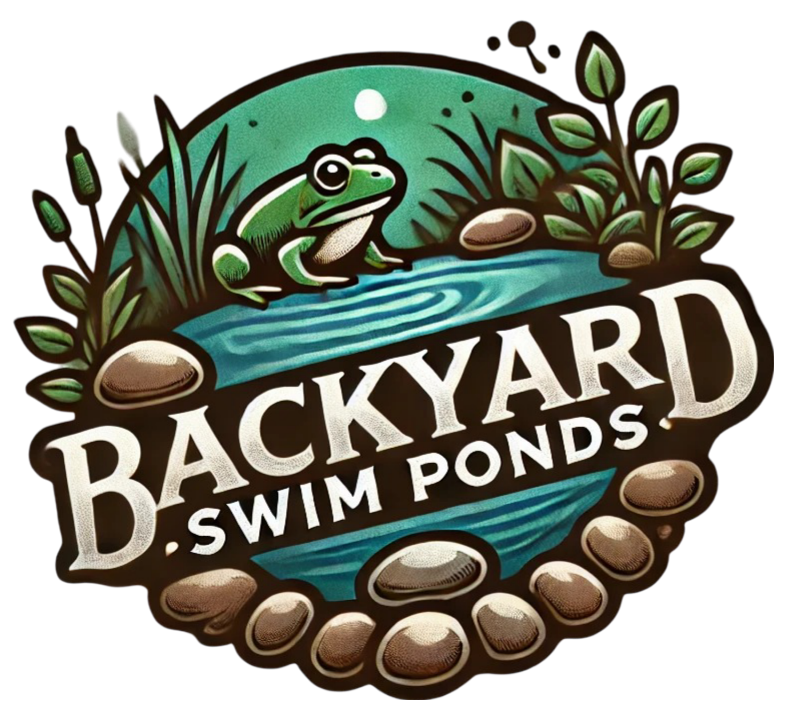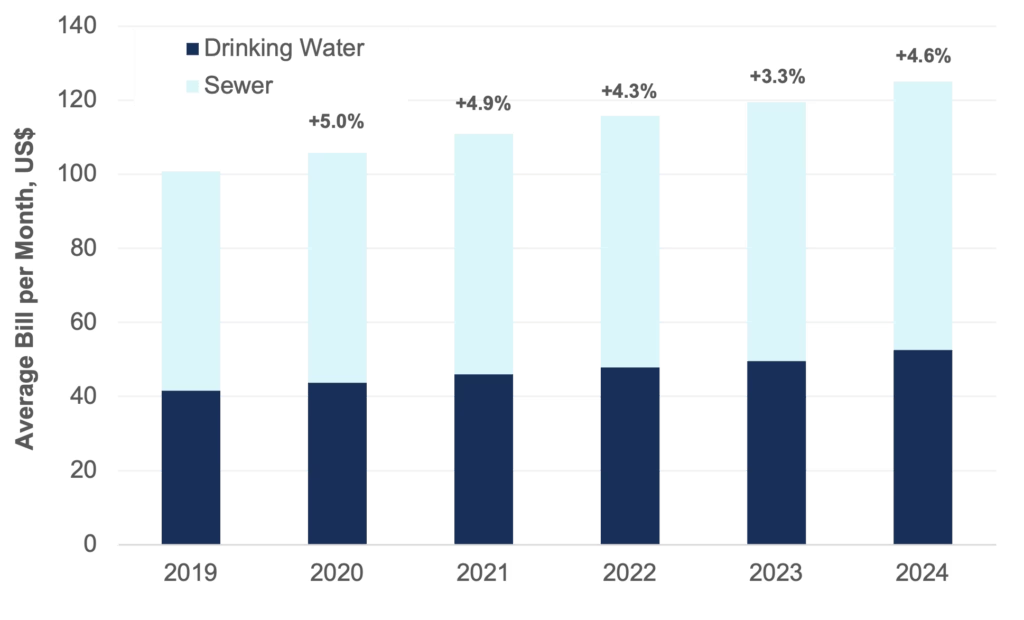Are You Ready to Save on Water Bills? Discover Sustainable Rainwater Systems
As eco-conscious homeowners, you’re likely concerned about the rising costs of water that significantly impact your budget. In California, the cost of water has consistently increased, prompting many to explore sustainable alternatives. Collecting rainwater through harvesting systems can not only conserve water but also help reduce your monthly expenses. By capturing rainwater from your roof and directing it into storage tanks, you can support your landscape while decreasing reliance on municipal water.
Using rainwater for non-potable purposes, such as irrigation and toilet flushing, allows you to save considerably on water bills. The Rainwater Capture Act of 2012 allows residents to install rainwater systems without permits as long as the water is intended for non-potable use; this makes it a practical and environmentally friendly investment.
Implementing rainwater harvesting practices supports your sustainable lifestyle while promoting environmental stewardship. In this guide, we will explore how to integrate these systems into your home design, ensuring you utilize water efficiently.
This chart shows the trends in residential water and sewer bills, highlighting increasing costs over time (Source: Bluefield Research).
What is a Self-Sustaining Pond? Your Water Ecosystem Explained
A self-sustaining pond is a balanced aquatic ecosystem that functions through natural processes, effectively maintaining water quality and supporting diverse life forms. These ponds rely on the interaction of various components—such as aquatic plants, fish, and microorganisms—to thrive.
When you collect rainwater, incorporating it into a pond creates an environment for natural filtration and purification through biological processes. This results in a healthy setting for plants and fish alike. A diverse assortment of aquatic plants offers multiple benefits, including oxygenation, nutrient cycling, and providing habitats for beneficial organisms.
By integrating a self-sustaining pond into your outdoor space, you not only enrich your landscape but also enhance biodiversity and your overall well-being. This approach aligns with sustainable living practices, creating not just a water source but also an ecological haven.

This diagram illustrates the components of a self-sustaining pond, showcasing how they interact within the ecosystem (Source: Alter Ecosystems Ponds).
How to Design and Implement Your Sustainable Rainwater Harvesting System
Designing a successful rainwater harvesting system involves careful consideration of several factors, including climate, collection efficiency, and intended usage of the harvested water. Key components of an effective harvesting system include the catchment area (your roof), storage tanks, and a reliable filtration system to ensure water quality.
Understanding local regulations is crucial. In California, you can install rainwater systems without permits if the water is for non-potable purposes, but always check with your local building and zoning departments for specific requirements, as these may vary by location.
Once you are familiar with the regulations, you can prepare your site with proper drainage and plumbing designs to effectively direct rainwater to your storage tanks. Depending on your climate—whether arid or temperate—you might require different tank sizes and filtration systems tailored to capture and utilize rainfall effectively.
With the right system in place, you can create a dependable water source that meets your irrigation needs while also benefiting local wildlife.

This flowchart illustrates the design and implementation process for a rainwater harvesting system (Source: GeeksforGeeks).
Effortless Maintenance: Low-Maintenance Solutions for Your Pond
Maintaining a self-sustaining pond doesn’t have to be labor-intensive. By selecting low-maintenance plants and wildlife, you can cultivate a thriving ecosystem that requires minimal intervention. For instance, consider integrating native aquatic plants that are well-suited to your local climate. These will be drought-resistant and provide natural filtration for your pond water.
Floating plants such as water lilies and submerged plants like anacharis offer valuable benefits, including habitat for aquatic life and improved water quality. Regular maintenance tasks, like managing excess algae and debris, can often be handled with a simple netting system.
Moreover, employing effective filtration systems, such as biological filters, will help maintain clarity and minimize algae growth without the need for frequent chemical treatments. Establishing a routine maintenance schedule with checklists can assist you in keeping your pond healthy, ensuring it continues to support life with minimal effort.

This before-and-after image exemplifies the transformation of a pond through maintenance efforts, underscoring the impact of regular care (Source: Pond Champs).
Harnessing Innovation: The Power of Automation in Pond Water Management
Automation can greatly simplify the management of your pond and rainwater harvesting system. The integration of IoT sensors and automated control systems allows you to monitor water levels, flow rates, and water quality remotely, in real-time.
With smart technology, you can optimize water distribution based on demand, automatically adjusting pumps and valves as needed. This reduces the risk of overflow situations that can arise from manual management. Furthermore, predictive analytics enhances your ability to forecast changes in water availability, which allows for more efficient resource utilization.
For instance, at eco-tourism facilities like the Daintree Ecolodge, AI-driven systems automatically adjust collection and distribution strategies based on rainfall predictions and overall occupancy rates, resulting in water savings of up to 30%. This integration not only improves efficiency but also enhances the sustainability of your water management practices.

This image showcases a smart water management system, demonstrating IoT integration for efficient water management (Source: MDPI).
The Environmental and Economic Benefits of Self-Sustaining Pond Systems
Establishing self-sustaining pond systems not only presents environmental advantages but can also lead to significant economic benefits over time. Studies indicate that ponds can enhance biodiversity, improve water quality, and provide essential habitats for wildlife. These environmental benefits contribute to better flood management and natural water purification processes.
By integrating rainwater harvesting systems with self-sustaining ponds, you can decrease your reliance on municipal water resources. Over time, this can lead to lower water bills, which is crucial in arid regions that experience higher water costs.
Additionally, implementing these systems in urban parks and residential landscapes may provide opportunities for tax incentives that support sustainability efforts, making this approach both ecologically responsible and financially prudent.

This infographic summarizes the environmental benefits associated with pond systems, illustrating enhancements in biodiversity and water quality (Source: Splash Supply).
Next Steps to Transform Your Backyard into a Water-Saving Retreat
Taking the first steps toward implementing a sustainable water solution in your backyard may seem overwhelming, but it’s entirely doable with a structured approach. Start by assessing your current water usage and identifying areas where you could incorporate rainwater harvesting systems and self-sustaining ponds.
Investigate local resources, such as workshops or community programs, that can assist you in understanding installation processes and local regulations. Many regions in California offer grants or partnerships aimed at promoting water conservation, so be sure to inquire with local agencies about available programs.
In conclusion, by investing in sustainable water solutions like rainwater harvesting and self-sustaining ponds, you’re not just conserving water. You’re paving the way for a more ecologically balanced lifestyle. Take the initiative to explore these options and embark on your journey towards transforming your yard.

This infographic illustrates actionable steps homeowners can take to implement a rainwater harvesting system (Source: NTO Tank).
This guide aims to equip you with the necessary knowledge to take sustainable action regarding water conservation. Your commitment to harnessing nature’s resources wisely will yield long-term rewards for both your household and the environment.

